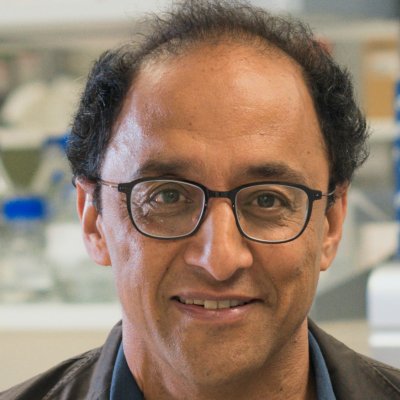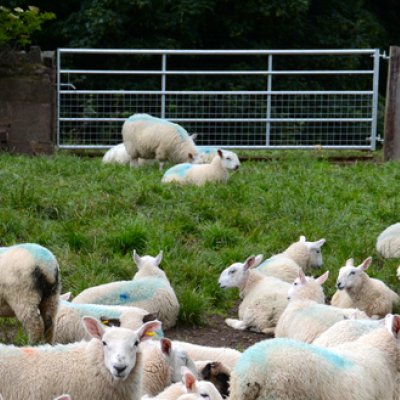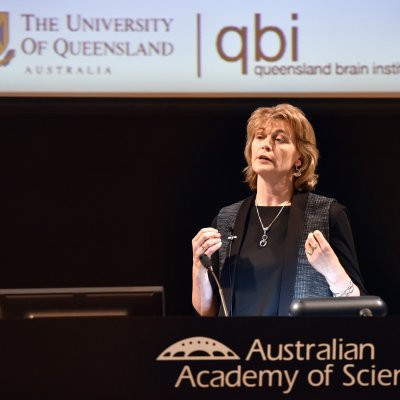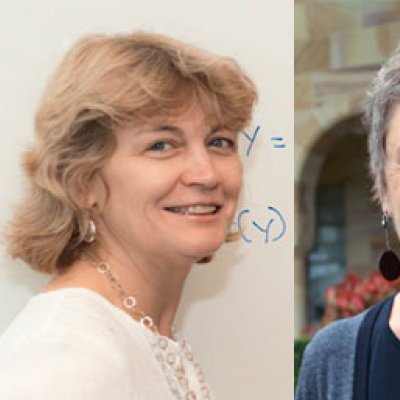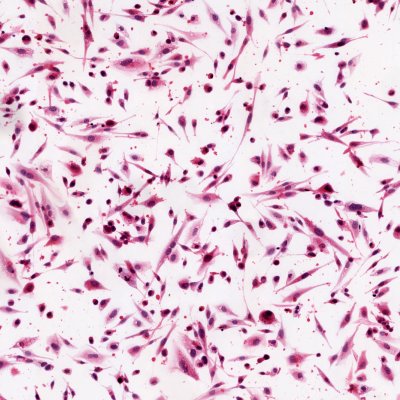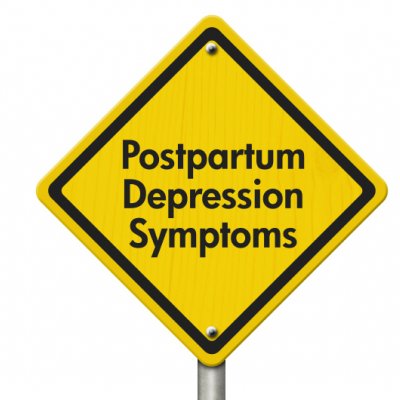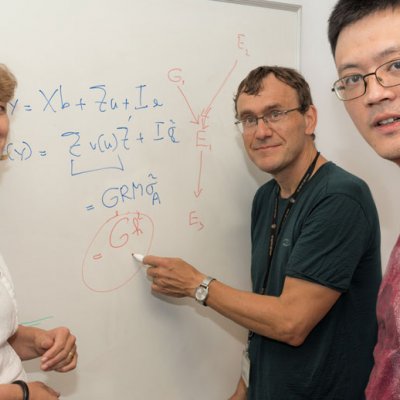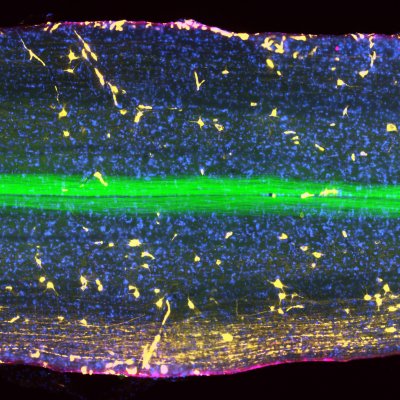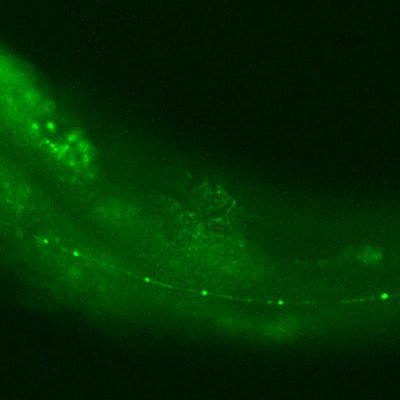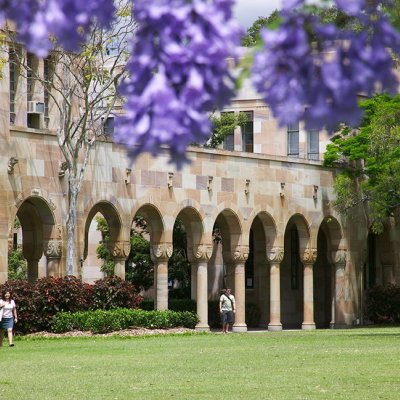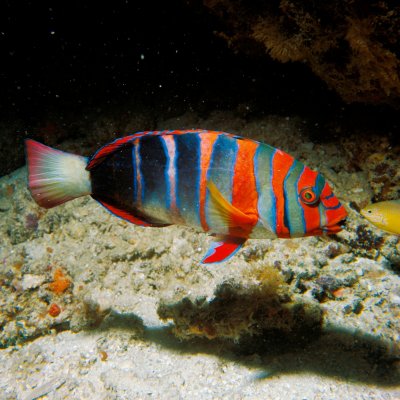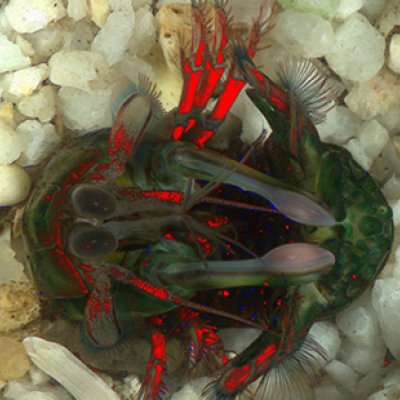Researchers from The University of Queensland have shown for the first time that “brain training” for specific tasks can also improve broader brain performance, in findings with major implications for ageing brains.
6 September 2016University of Queensland researchers have identified the specific cause of a rare form of epilepsy in babies.
6 September 2016The University of Queensland and prestigious international publishing group Nature Research have launched a global online community dedicated to improving knowledge on the science of learning.
5 September 2016University of Queensland researchers have taken a big step toward understanding the movement of molecules in the human body.
25 August 2016The National Health and Medical Research Council has named two University of Queensland studies among its 10 of the Best Research Projects 2015.
19 August 2016Researchers at The University of Queensland have contributed to the discovery of three new genes which increase the risk of motor neurone disease (MND), opening the door for targeted treatments.
26 July 201615 year old Brisbane Student Shambhavi Mishra has been crowned the 2016 Queensland Brain Bee Champion at The University of Queensland's QBI
20 July 2016The increased risk of mental illness in children of older fathers is unlikely to result from men’s genes mutating with age, according to new research from The University of Queensland.
24 May 2016Two University of Queensland professors are among 21 new Australian Academy of Science Fellows announced in Canberra this morning.
23 May 2016In the world’s largest study of its type, scientists from The University of Queensland have helped identify 74 genes that may play a role in how long a person stays at school, or whether they go to university.
12 May 2016Researchers at The University of Queensland and the QIMR Berghofer Medical Research Institute have identified a protein which plays a key role in brain cancer, opening the door to potential new treatments.
20 April 2016Research into postnatal depression is going high-tech, with scientists from The University of Queensland launching a free mobile phone app aimed at studying the genetics behind the condition.
22 March 2016A $7 million Australian Government grant will propel the advance of personalised medicine for common diseases, in a five-year research project at The University of Queensland.
3 March 2016Motor neurone disease may still be considered a certain and unpleasant death sentence, but researchers at The University of Queensland are testing a promising treatment option.
25 February 2016The director of The University of Queensland’s Research Computing Centre has been named the iTnews Education Chief Information Officer of the Year.
23 February 2016A discovery in a transparent roundworm has brought scientists one step closer to understanding nerve degeneration.
12 February 2016Being able to pay attention during the day relies on doing the exact opposite at night, according to University of Queensland scientists.
18 January 2016Breakthrough Alzheimer’s research from The University of Queensland has been named among the world’s most talked-about research of 2015.
15 December 2015Understanding how fish "see" is helping a team of international scientists increase their knowledge of the Great Barrier Reef's biodiversity.
24 November 2015The ocean is lighting up with secret forms of communication between marine animals that may have applications in satellite remote sensing, biomedical imaging, cancer detection and computer data storage, a team of Australian and international...
20 November 2015- ‹ previous
- 4 of 13
- next ›

